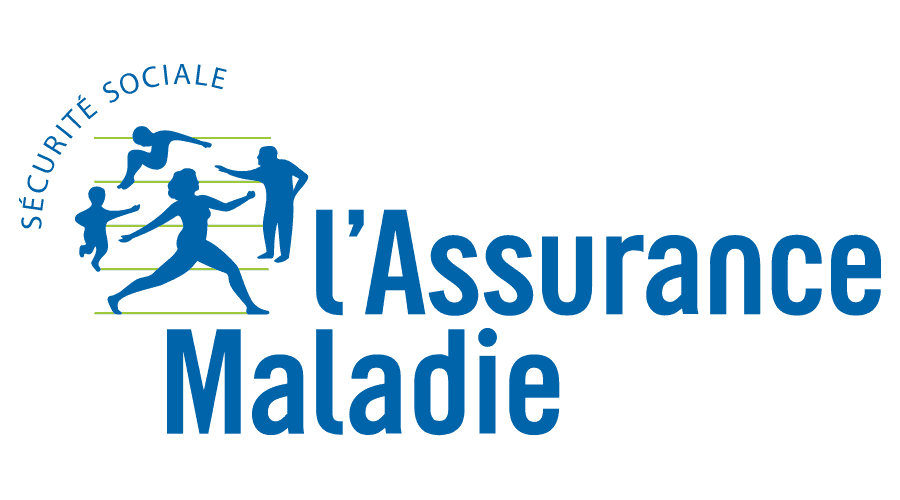







 Services
Blog
Français
Services
Blog
Français
Yesterday, I confessed my guilt of writing shitty DOM manipulating JS code live in the browser, and said no, never again.
Due to positive feedback in the django-users mailing list, I’m writing how I actually plan to change how I do JS in Django apps. Believe me, it’s preventively fixing issues i’ve had with JS in Django apps during the last ten years. Nuff said, let’s hack !
Let’s create an index.test.js file:
/* global describe, jest, test, expect */
import * as yourmodule from './index'
describe('Awesome', () => {
test('ctor()', () => {
let x = new yourmodule.Awesome(2)
expect(x.something).toEqual(2)
})
})And an index.js file with our runtime code:
class Awesome {
constructor(something) {
this.something = something
}
}
export {
Awesome
}You need to install nodejs, because we’ll run unit tests on it. You also need npm or yarn because we’ll install JS modules with it - yay, same development workflows with JS as we have in Python, get ready for the XXIst century ! You could do the article in pure npm, but we’ll use yarn:
sudo npm install -g yarn
In your django app source code, run:
yarn init
This creates a package.json file, which is the equivalent of your setup.py, but for JS packages. We want more JS features, for this we’ll use npm packages:
We’ll install them with the yarn add command:
yarn add babel-polyfill babel-core babel-jest babel-loader babel-preset-env babel-preset-stage-2 eslint jest webpack@3
This will create a new directory node_modules, which is like the virtualenv for python, install jest and dependencies in it, and it will also create a file which you need to add to git: yarn.lock, the equivalent of requirements.txt.
Next, create a .babelrc file to load the env preset:
{
"presets": ["env"]
}We can now run the test runner with command:
./node_modules/.bin/jest
Now, let’s build a webpack entrypoint, add a webpack.config.js to create a jstdd.js file in static/ directory based on index.js source ode, so django will be able to resolve it with staticfiles, as such:
var path = require('path')
module.exports = {
entry: {
main: ['babel-polyfill', './index.js'],
},
output: {
path: path.resolve('static'),
filename: 'jstdd.js'
},
devtool: 'source-map',
module: {
rules: [
{
test: /\.js$/,
//exclude: /(node_modules|bower_components)/,
use: {
loader: 'babel-loader',
options: {
presets: ['stage-2', 'babel-preset-env']
}
}
}
]
}
}Now, you can build the static/jstdd.js file ready for production:
./node_modules/.bin/webpack
Next, open your package.json, we’ll add a scripts configuration:
We’ll add a script section as such:
{
"name": "jstdd",
...
"scripts": {
"start": "webpack --watch",
"prepare": "webpack",
"test": "jest",
"lint": "eslint ."
}
}When a command is in scripts, it does not need to be specified with full ./node_modules path, we can now run those commands:
yarn test # runs js tests yarn test – –watch # watch js tests yarn run lint # runs eslint and hurt your feelings yarn prepare # build your JS for serving with webpack yarn start # start webpack watcher yarn publish # publish your package on npm
For a more complete example, with coverage, pipeline and all, see facond
Have FUN !
With LOVE







